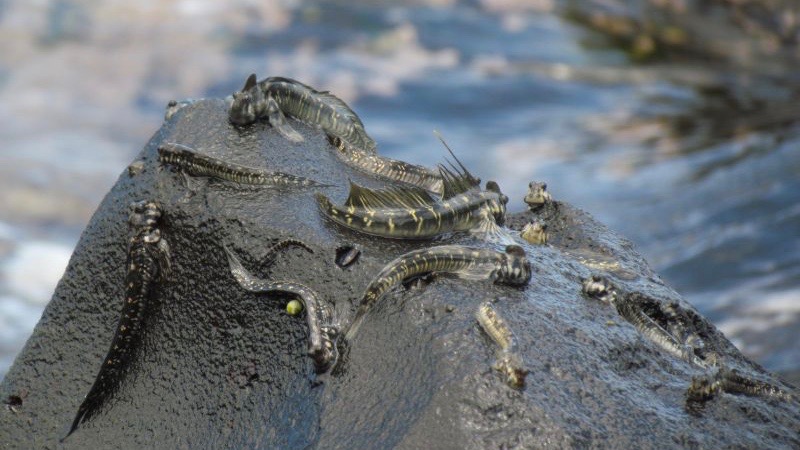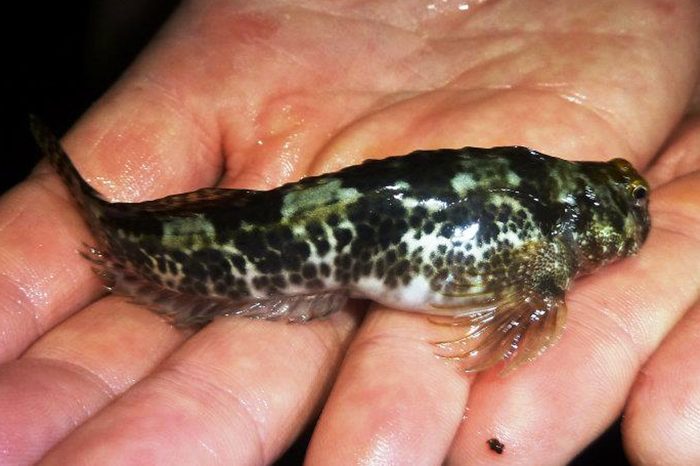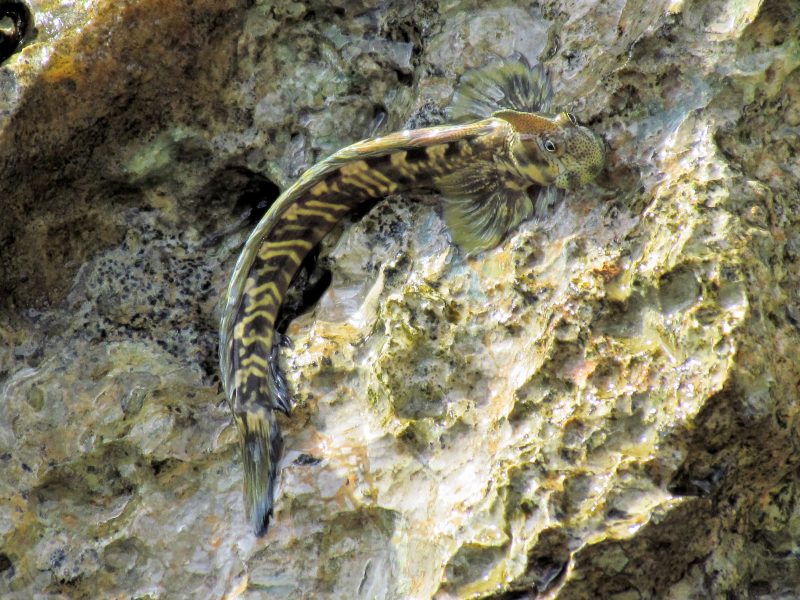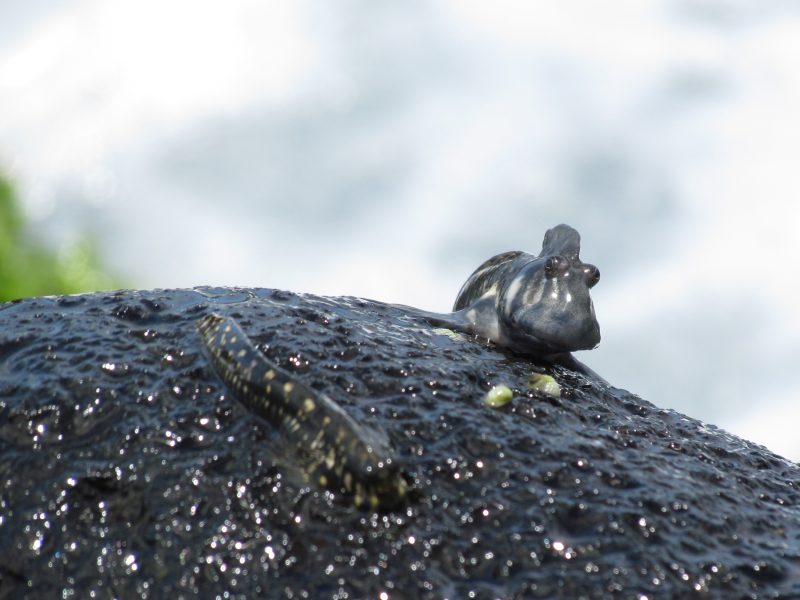
The evolution of fish from a water habitat to land, it turns out, is not a rare occurrence. A new study suggests that 130 presently living fish species have evolved, independently, to spend time on land at intervals ranging from a few seconds to several days. Terry Ord and Georgina Cooke of the University of New South Wales, Australia, conducted this study about the independent evolution of currently living amphibious fish species. They published it June 24, 2016, in the journal Evolution
Terry Ord, an evolutionary ecologist, commented in a statement:
A fish out of water might seem an extraordinary thing, but in fact it is quite a common phenomenon. Amphibious behaviour has evolved repeatedly in a wide diversity of present day fish, and the move onto land does not appear to be as difficult as has been presumed.

In the four billion years of life on Earth, much of life was confined to the seas as unicellular or simple multicellular organisms. Complex organisms first appeared 580 million years ago. The first vertebrates were present by 485 million years ago.
By 350 million years ago, plants, fungi and invertebrates like insects were well-established on land. That’s when the first tetrapods — four-limbed animals — began evolving towards life on land, presumably to take advantage of new food resources.
This remarkable adaptation, spanning several million years, led to the evolution of all terrestrial vertebrates.
Fish adaptation to life on land requires changes to how the fish breathe, their level of activity and expenditure of energy. It almost seems if as these various requirements could be an insurmountable challenge. But apparently many fish do it.

Ord and Cooke wanted to understand the evolutionary relationship of current amphibious fish. They scoured the scientific literature for reports of fish that deliberately ventured on land.
They found there was at least one amphibious species in each of 33 different families of fish (here, “families” is used in the taxonomic sense where each family is a group of related species). Since families represent different branches of the evolutionary tree, this suggested that land adaptation evolved separately for most amphibious fish species.
In all, 130 species were identified as having different levels of amphibious activity, where fish purposely left the water. For most of them, their terrestrial forays were on the order of seconds to minutes.

Ord commented:
Because of the challenges fish face in being able to breathe and move and reproduce on land, it had been thought this was a rare occurrence. Now we have shown this initial transition to land is quite common, it seems these challenges can be readily overcome,
The real difficulty in developing a fully fledged terrestrial lifestyle may be in preventing drying out. This has direct consequences for them breathing on land because they still require their gills, which need to stay moist to function properly.
These forays onto land have occurred in fish that live in different climates, eat different diets and live in a range of aquatic environments, from freshwater rivers to the ocean.
While many species only spend a short time out of water, others, like mudskippers and some eels can last for hours or days.
Ord and Cooke noted, from their literature survey, that many fish with amphibious traits lived in intertidal zones, areas of coastal beach, rock or mangrove between low and high tides.
They also conducted a detailed study of several species of blennies along intertidal regions at seven locations in the Pacific and Indian Oceans, to better understand the evolutionary history of this fish family.
Some blennies spend all their lives in water, but others have adopted various degrees of amphibious behavior.
One species in their study, the Pacific leaping blenny (Alticus arnoldorum) is considered a terrestrial species. In adulthood, it spends many hours in the intertidal zone and is most active at mid-tide when there’s enough water to keep it wet and the waves are not strong enough to sweep it out to sea. They primarily use the their gills for breathing but also absorb some air through the skin.
The video below shows the behavior of the Pacific leaping blenny along the rocky foreshores of Guam. Video via Terry Ord.
Ord commented on the analysis of the blenny data, which included the Pacific leaping blenny and two other moderately amphibious blenny species, the reef margin blenny (Entomacrodus striatus) and the Crenulate-lipped rockskipper (Praealticus labrovittatus):
In this one family of fish alone, an amphibious lifestyle appears to have evolved repeatedly, between three and seven times.

Bottom line: The evolution of fish from water to land has happened more often than previously thought. A recent science literature survey found there are 130 species of fish alive today that spend some time outside water.











